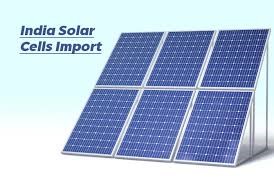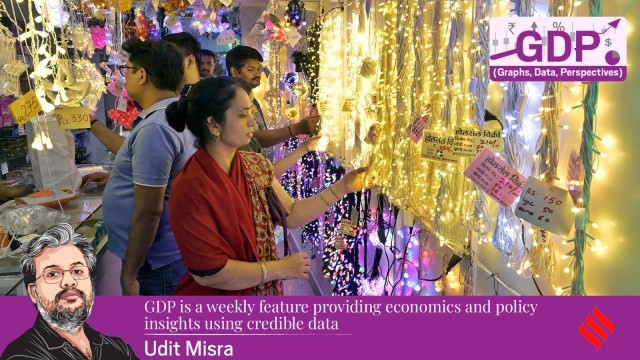Description

Disclaimer: Copyright infringement not intended.
Context
- Recent government orders on attempts to increase local sourcing of solar modules to support India’s renewables manufacturing ecosystem has been widely reported in the media as ‘import restrictions’.
- This follows the Ministry of New and Renewable Energy’s (MNRE), March 29 order to re-implement its 2021 notification of an ‘Approved List of Models and Manufacturers of Solar Photovoltaic [PV] Modules’, also called the ALMM list.
ALMM List Re-implementation
- The ALMM (Approved List of Models and Manufacturers) is a list comprising manufacturers eligible for use in various government projects and schemes, including those related to electricity sale to governmental bodies.
- Initially issued, it was subsequently held in abeyance amid concerns from renewable power producers.
- The resurgence of this rule is attributed to India's enhanced domestic production capabilities, facilitated by measures such as the Production Linked Incentive (PLI) scheme.
India's Reliance on Solar PV Imports
- India heavily depends on imports, particularly from China and Vietnam, for its solar cells and modules.
- Over the past five years, India imported approximately $11.17 billion worth of solar cells and modules, comprising 0.4% of total exports.
- China constitutes a significant portion of India's imports, commanding over 80% of manufacturing capacity across various stages.
Policy Responses to Address Import Dependency
- India has implemented several measures to reduce over-reliance on imports and bolster domestic manufacturing.
- The ALMM order was the initial step, followed by the introduction of the PLI scheme in the Union Budget of 2022-23.
- Customs duties on PV modules and cells were also revised to incentivize domestic production.
China's Dominance in Solar PV Export
- China's competitiveness in solar PV manufacturing is attributed to factors such as lower electricity costs and supportive government policies.
- Chinese policies prioritize solar PV as a strategic sector, enabling economies of scale and continuous innovation throughout the supply chain.
Future Prospects for Solar Energy in India
- India's ambitious target of 500 GW installed capacity from non-fossil fuels by 2030 drives the expansion of solar power.
- With India exhibiting the fastest growth rate in electricity demand among major economies, solar power is poised for significant expansion.
- Despite substantial untapped solar potential, government initiatives aim to harness this renewable energy source through various schemes and programs.
|
PRACTICE QUESTION
Q. Examine the causes of food inflation in India and assess the efficacy of government interventions in managing it. Propose policy reforms to mitigate the impact of food inflation on the economy.
|








